Having a small garden space doesn’t mean you have to sacrifice your green dreams. In fact, with the right approach, careful planning, and creativity, you can transform even the tiniest outdoor area into a flourishing oasis of beauty and productivity. In this blog, we’ll explore a range of strategies to help you make the most of your limited garden space.

Plan with Purpose
When planning your small garden space with purpose, every square foot becomes a precious opportunity for intentional design.
Start by identifying your priorities—creating a serene retreat, growing your herbs, or maximising entertaining space. Opt for versatile, space-saving elements like vertical gardens, compact furniture, and creative storage solutions to maximise limited square footage.
Choose plants strategically, considering their size, growth habits, and visual impact. Incorporate multi-functional features such as seating with built-in planters or raised beds for aesthetic and practical purposes. By thoughtfully curating every element, you can transform your small garden into a purposeful haven that maximises space and fulfils your specific needs and aspirations.
Choose the Right Plants - Quality Over Quantity
Opt for plants that are well-suited to small spaces. Dwarf or compact varieties of flowers, vegetables, herbs, shrubs, and trees can provide the desired beauty and texture without overwhelming the area. Selecting the right plants means you can have a variety of species without overcrowding your garden.
Choose productive plants that serve multiple purposes. Herbs like parsley, thyme, basil, and dill add flavour to meals while occupying little space.
Edible flowers like nasturtium, calendula, and violets add beauty and can be used in salads. Lettuce, kale, spinach, Swiss chard, and other leafy greens can provide attractive foliage and edible harvests.
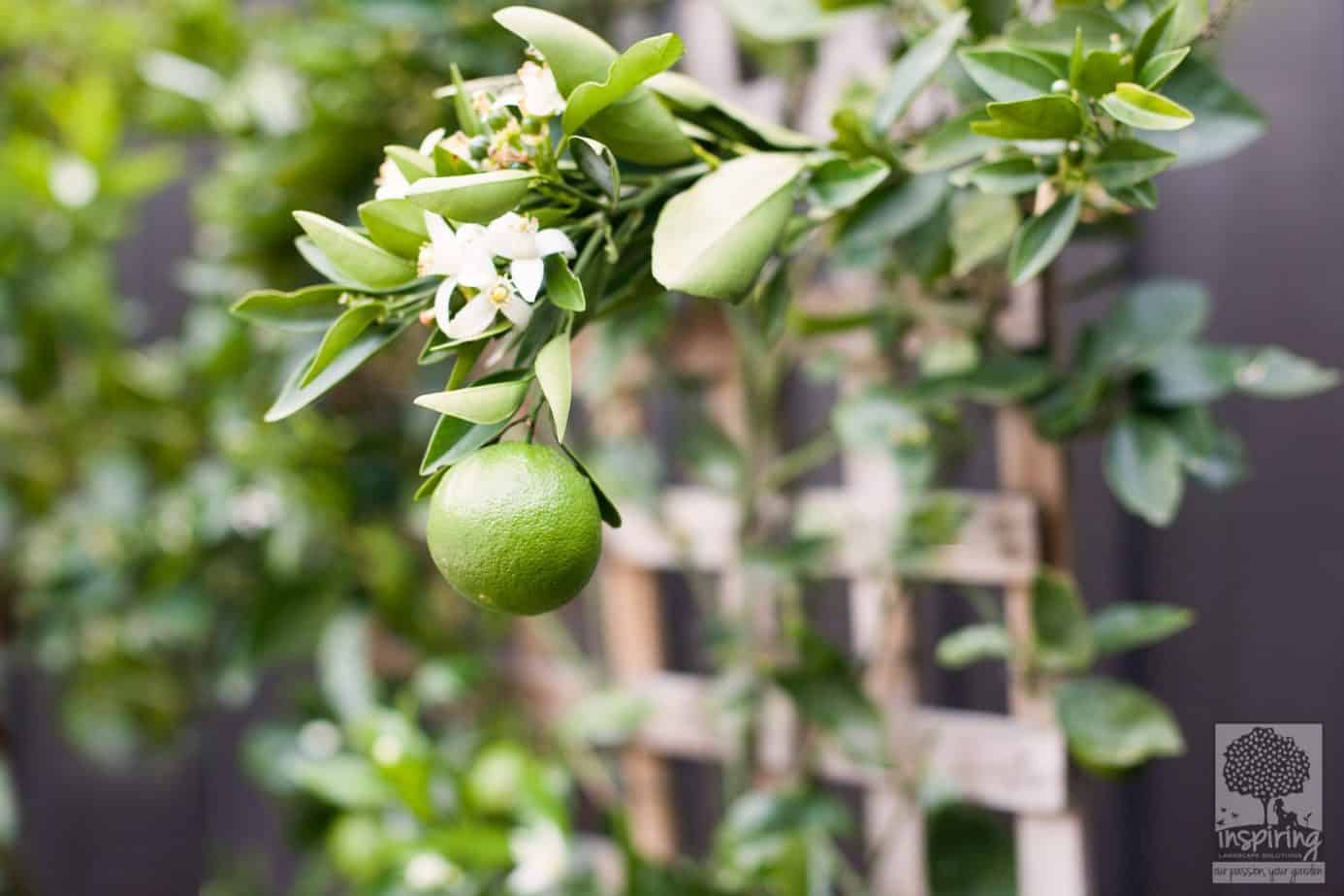

Vertical Gardening
When space is at a premium, think vertical. Vertical gardening is a fantastic way to maximise your small garden’s potential. Install wall-mounted shelves, hanging planters, or trellises to make the most of your available area.
Hanging baskets are also helpful for berries, cherry tomatoes, herbs, and leafy greens. Vining plants like tomatoes, beans, or climbing roses can flourish on trellises, freeing up precious ground space.
Utilise shelves or racks to hold potted plants, creating a captivating visual display while saving precious floor space. This way, you can enjoy homegrown produce without compromising on space. Maximise every bit of vertical space in your garden.
Container Gardening - Greenery on the Move
Containers are a gardener’s best friend, particularly when you’re limited on space. They offer flexibility, allowing you to rearrange your garden as needed. You can grow many plants in pots, from ornamental flowers to culinary herbs and even vegetables.
Mix and match containers of different sizes and shapes to create an appealing visual layout. Opt for compact varieties and size pots accordingly. Use large containers for vegetables and deeper pots for root crops.
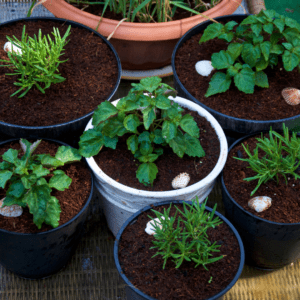
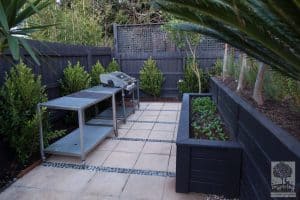
Utilise Raised Beds - Elevated Beauty
Raised beds offer better drainage and create a visually appealing landscape. Build raised beds in different shapes and sizes to fit your garden’s layout.
You can use them for flowers, vegetables, or both. The height of these beds makes gardening more accessible, and you can even add a bench along the edge to create a cosy seating area.
Work in Layers
Working in layers within your garden is akin to crafting a living tapestry that evolves throughout the seasons. You add depth and visual interest by strategically incorporating layers, from groundcovers and shrubs to mid-sized perennials and towering trees.
This tiered approach not only maximises the use of space but also creates microenvironments, allowing for diverse habitats and plant varieties.
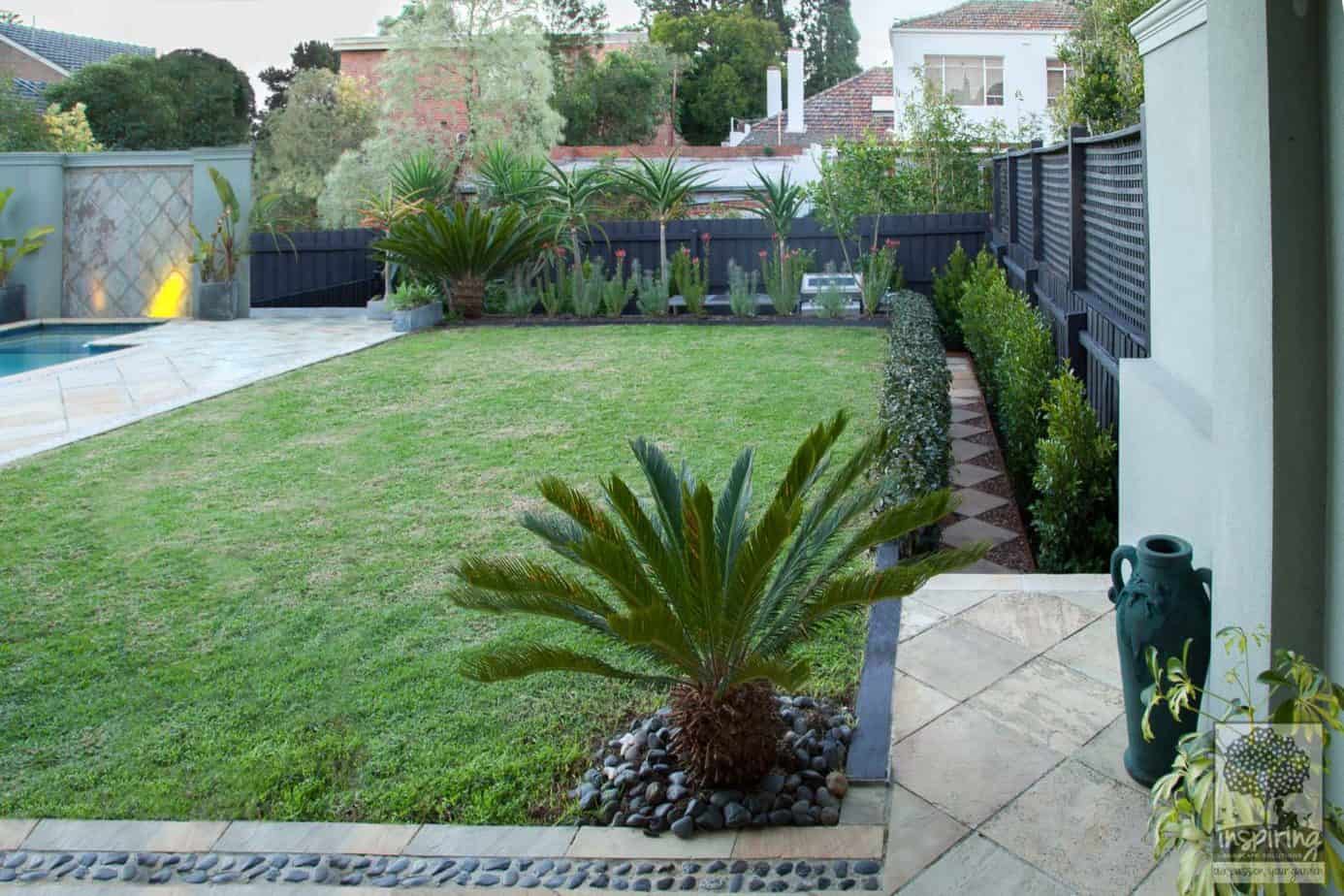
Begin with a well-planned foundation of ground-hugging plants, progress to mid-level perennials with texture and colour, and culminate with taller elements like trees or trellises.
This layering adds a dynamic aesthetic and provides natural shade, habitat diversity, and a sense of enclosure. The result is a garden that unfolds in a harmonious symphony, engaging the senses and inviting exploration as each layer contributes to your outdoor space’s overall beauty and functionality.
A small garden space doesn’t limit your potential; it challenges you to think creatively and strategically. You can transform your compact garden into a thriving oasis by embracing vertical gardening, selecting appropriate plants, using containers, and implementing clever design elements. Whether you’re a plant enthusiast, a nature lover, or simply someone who appreciates a charming outdoor retreat, these tips will help you make the most of your small garden space. Remember, the key is to make every inch count and let your imagination run wild.
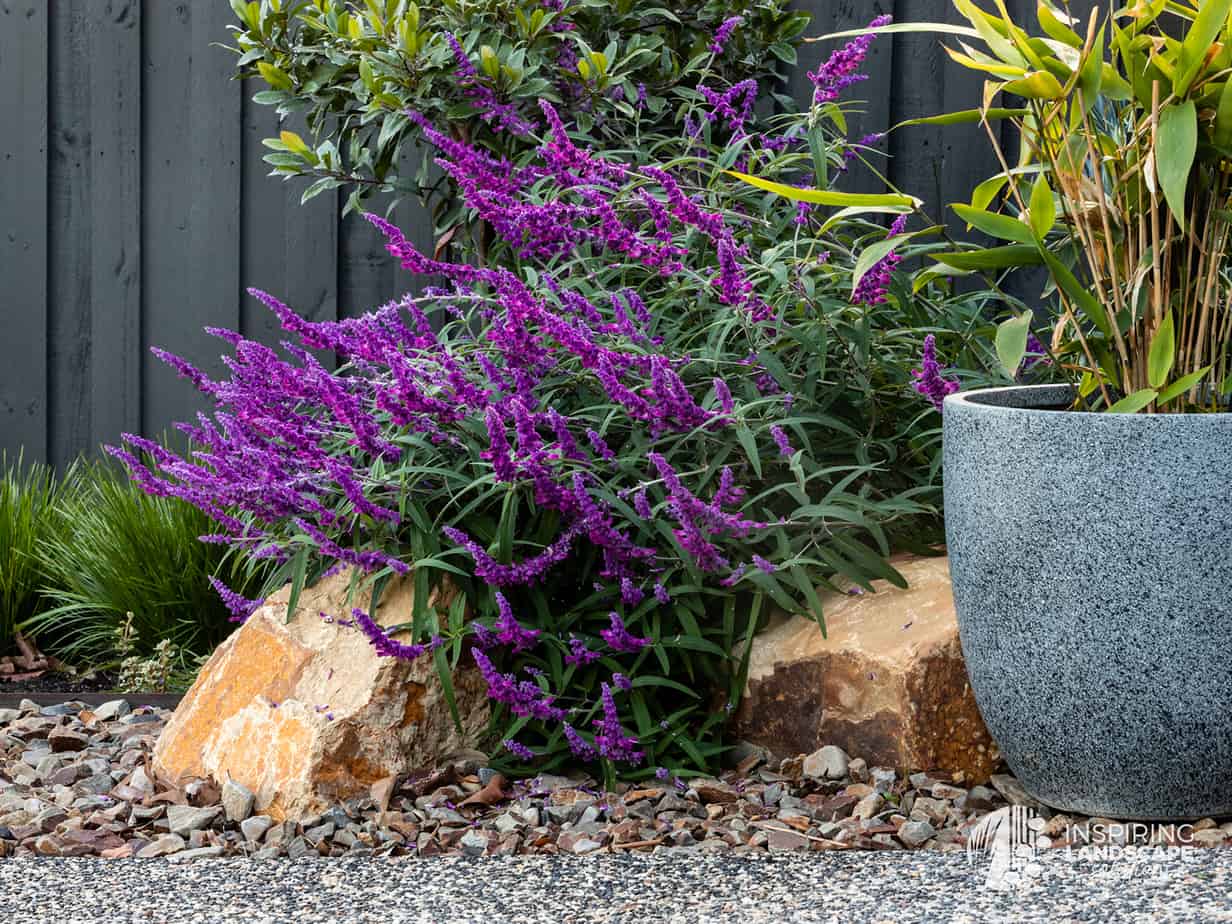
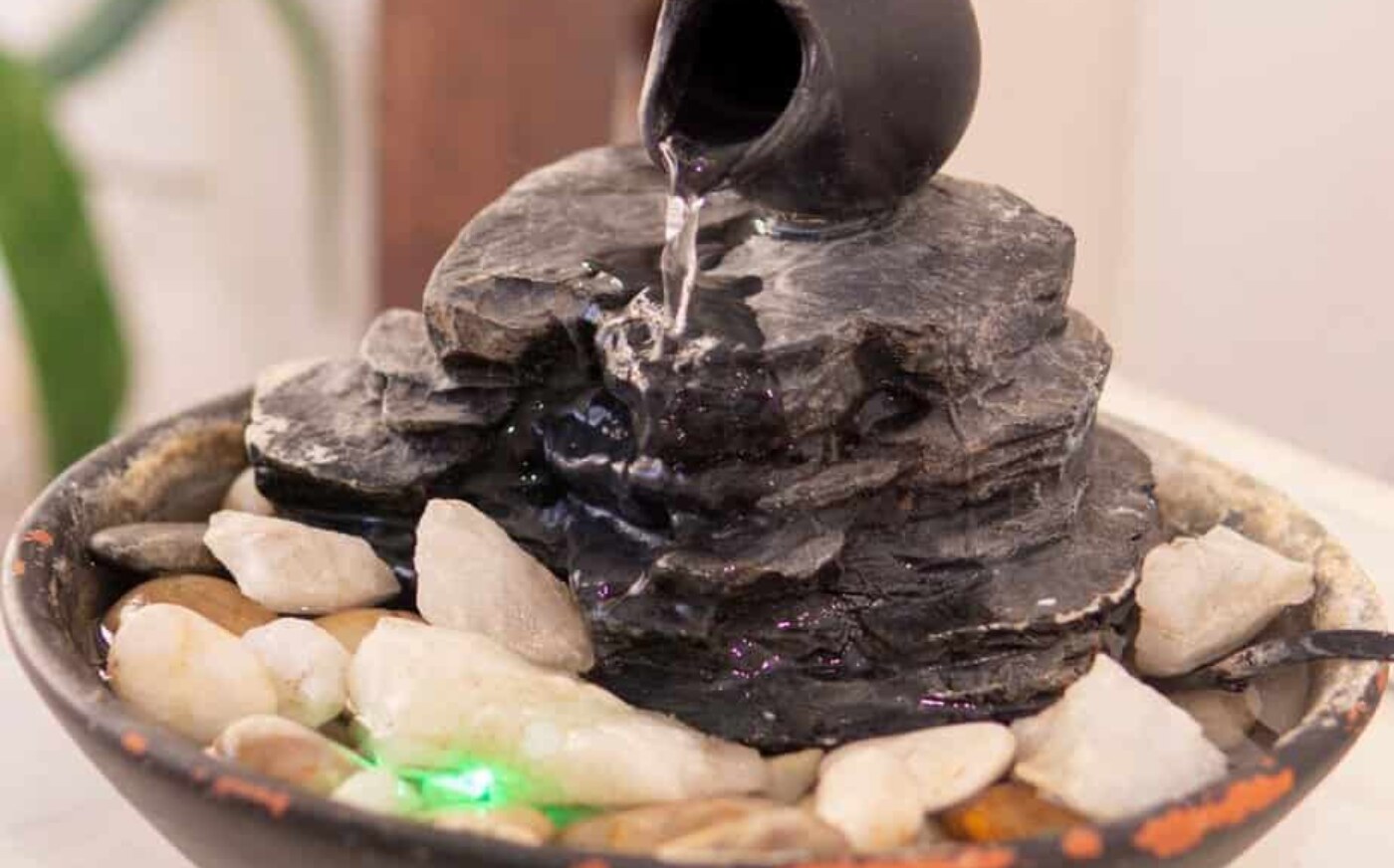


Leave a Comment